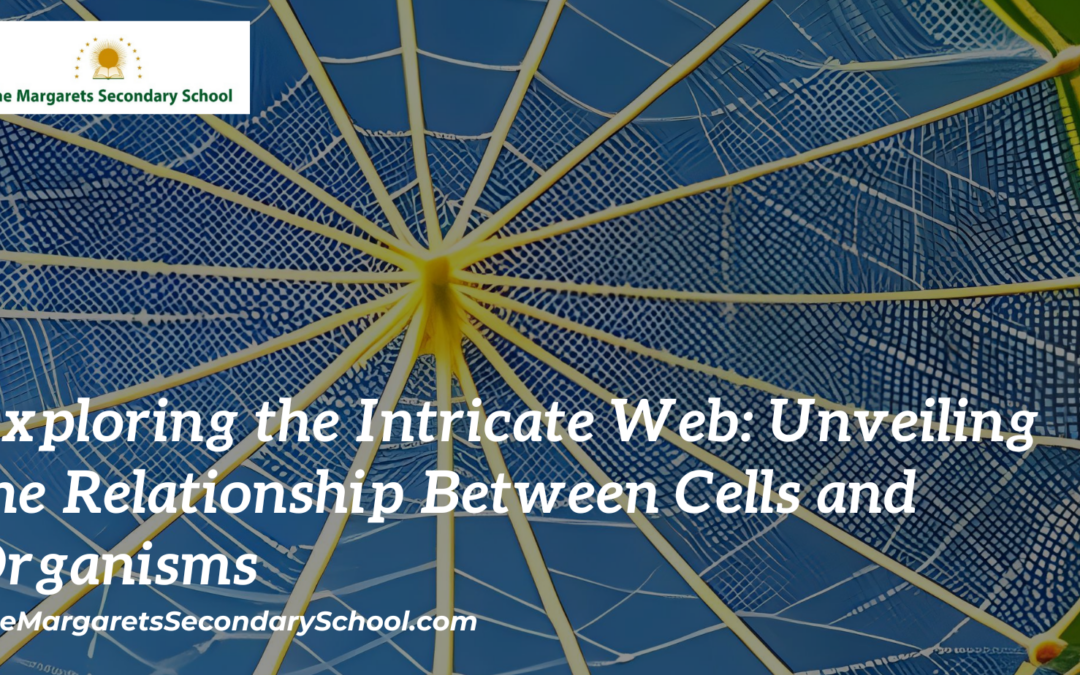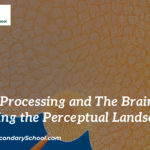Cells and organisms
In the grand tapestry of life, the relationship between cells and organisms is a fundamental thread that weaves together the story of existence. From the microscopic realm of single cells to the complex symphony of a fully formed organism, this dynamic interplay forms the very foundation of biology. In this article, we embark on a journey to uncover the remarkable intricacies that define this relationship, shedding light on how individual cells collaborate to give rise to the diverse array of living beings populating our planet.
The Building Blocks of Life: Cells in Focus
Cells are the elemental building blocks of life. Each one, an astonishingly intricate microcosm, teems with activity that sustains and propels life forward. Whether prokaryotic or eukaryotic, plant or animal, cells are united by their shared mission: to maintain life’s processes, perpetuate genetic information, and contribute to the greater whole.
At their core, cells are microscopic powerhouses. The mitochondria, often referred to as the cell’s “power plants,” generate energy in the form of adenosine triphosphate (ATP) through the process of cellular respiration. This energy fuels the cell’s functions, from synthesizing essential molecules to executing complex movements. Meanwhile, the nucleus serves as the cell’s command center, safeguarding the genetic blueprint encoded in DNA and orchestrating the cell’s activities.
Collaborative Choreography: From Cells to Organisms
But the story doesn’t end with individual cells. In the intricate dance of life, cells collaborate to form tissues, tissues unite to create organs, and organs harmonize to construct organisms. This cooperative choreography is essential for survival, as each cell type specializes in a distinct task, contributing to the organism’s overall functionality.
Consider the human body as an example. Trillions of cells work together to maintain homeostasis, allowing us to breathe, digest food, move, and perceive the world around us. Cells in the heart synchronize their contractions to pump blood, while neurons in the brain form intricate networks that enable cognition and consciousness. Even the immune system relies on a multitude of specialized cells that defend the body against threats.
From Embryo to Adulthood: The Journey of Development
The journey from a single-celled zygote to a fully developed organism is a remarkable testament to the intricacy of life’s blueprint. Development is a tightly regulated process involving cell division, differentiation, and specialization. As cells divide and multiply, they become more diverse in structure and function, forming the foundation for tissues and organs.
During embryonic development, cells communicate through intricate signaling pathways to determine their fate. Stem cells, with their remarkable potential to become different cell types, play a pivotal role in shaping the organism. As development progresses, genetic programs guide cells to adopt specific roles, whether as skin cells, muscle cells, or nerve cells.
Beyond Individuality: Cells in Health and Disease
Understanding the relationship between cells and organisms has profound implications for human health. Deviations from the delicate balance of cell cooperation can lead to diseases such as cancer, where uncontrolled cell division disrupts the body’s equilibrium. Research into cellular interactions and molecular mechanisms not only deepens our understanding of disease but also opens doors to innovative therapeutic approaches.
Conclusion
In the intricate tapestry of life, cells are the threads that connect the individual to the whole, the microscopic to the macroscopic. The relationship between cells and organisms is a story of collaboration, specialization, and adaptation, showcasing the brilliance of nature’s design. As we continue to explore this relationship, we unveil the secrets that underlie the diversity of life and hold the potential to unlock the mysteries of health and disease.





